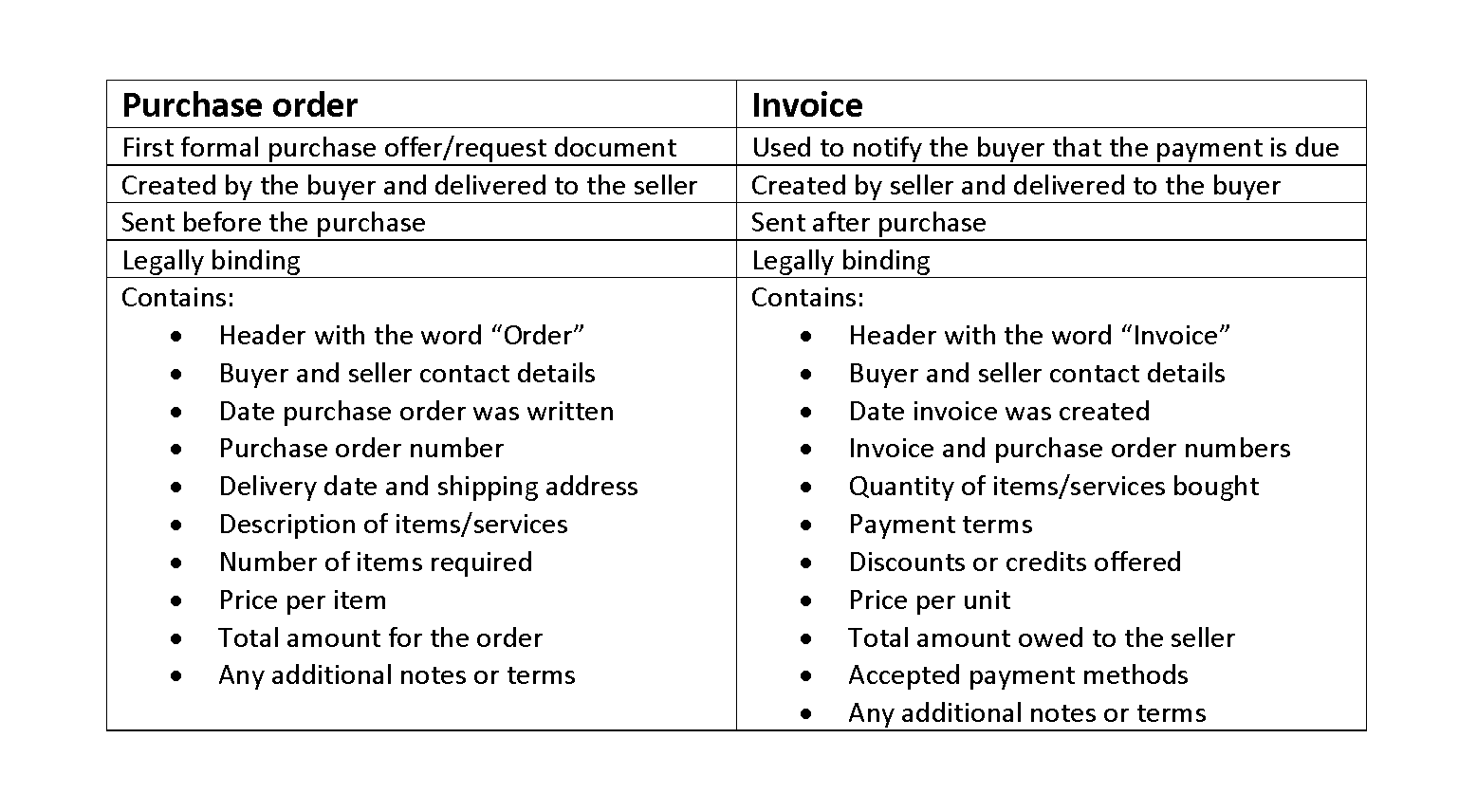Regardless of how much it is used and how many units are sold, its cost remains the same. However, these fixed costs become a smaller percentage of each unit’s cost as the number of units contribution margin income statement sold increases. This means that the production of grapple grommets produce enough revenue to cover the fixed costs and still leave Casey with a profit of $45,000 at the end of the year.
Gross Margin vs. Contribution Margin Example
- What makes this statement so important is its ability to show profit potential.
- When the contribution margin is calculated on a per unit basis, it is referred to as the contribution margin per unit or unit contribution margin.
- Using the provided data above, we can calculate the price per unit by dividing the total product revenue by the number of products sold.
- If they send nine to sixteen students, the fixed cost would be $400 because they will need two vans.
- However, knowledge isn’t quite enough if you’ve got reports to create and stakeholders to reassure on top of your day-to-day tasks.
For instance, if the costs of sugar and cups for your lemonade stand go up, you’ll have less money left over from each sale. This is crucial for a business to understand because it helps them see which products are really making money and which might be losing money. Let’s dive into how variable costs affect something called the contribution margin. This is a big deal for any business because it helps them figure out how much money they can make after paying for the costs that change. Imagine you have a lemonade stand; the more lemonade you sell, the more sugar and cups you need.
Traditional Income Statement vs. Contribution Margin Income Statement
A contribution margin income statement is an income statement in which all variable expenses are deducted from sales to arrive at a contribution margin. Then, all fixed expenses are subtracted to arrive at the net profit or net loss for the period. Thus, the arrangement of expenses in the income statement corresponds to the nature of the expenses. Direct materials are often typical variable costs, because you normally use more direct materials when you produce more items. In our example, if the students sold 100 shirts, assuming an individual variable cost per shirt of $10, the total variable costs would be $1,000 (100 × $10).
- The contribution margin can then be used to determine how well a particular product or segment is performing.
- Based on the contribution margin formula, there are two ways for a company to increase its contribution margins; They can find ways to increase revenues, or they can reduce their variable costs.
- Understanding how each product, good, or service contributes to the organization’s profitability allows managers to make decisions such as which product lines they should expand or which might be discontinued.
- By using a calculation, businesses can figure out how much they need to sell to not lose money.
Calculate Contribution Margin: Your Complete Guide to Gross Profit and Margin Analysis in Income Statements
Let’s say that our beauty conglomerate sells 1,000 units of its bestselling skincare products for $50 each, totaling $50,000 in revenue. A high contribution margin cushions the fall from unexpected costs and dips in sales. That’s why any business worth its salt will look to improve its margins wherever possible. To calculate how much to increase sales divide the loss by the contribution margin. The profitability of our company likely benefited from the increased contribution margin per product, as the contribution margin per dollar increased from $0.60 to $0.68.
Contribution margin Formula and analysis
The analysis of the contribution margin facilitates a more in-depth, granular understanding of a company’s unit economics (and cost structure). However, the contribution margin facilitates product-level margin analysis on a per-unit basis, contrary to analyzing profitability on a consolidated basis in which all products are grouped together. A low margin typically means that the company, product line, or department isn’t that profitable. Management must be careful and analyze why CM is low before making any decisions about closing an unprofitable department or discontinuing a product, as things could change in the near future. Because a business has both variable and fixed expenses, the break-even point cannot be zero.
Understanding Your Contribution Margin Income Statement
It’s important to note this is a very simplified look at a contribution margin income statement format. If we subtract the variable costs from the revenue, we’re left with a $22,000 contribution margin. These could include energy, wages (for labor related to production) or any other cost that raise or lower with the output levels of your business. To calculate the contribution margin, we must deduct the variable cost per unit from the price per unit.
- Conversely, a lower contribution margin ratio may indicate a significant portion of sales revenue is consumed by variable costs, leaving less to cover fixed costs and contribute to profit.
- The insights derived post-analysis can determine the optimal pricing per product based on the implied incremental impact that each potential adjustment could have on its growth profile and profitability.
- In its simplest form, a contribution margin is the price of a specific product minus the variable costs of producing the item.
- The contribution margin can help company management select from among several possible products that compete to use the same set of manufacturing resources.
- A contribution margin income statement is a document that tallies all of a company’s products and varying contribution margins together, helping leaders understand whether the company is profitable.
- Therefore if there are units that are not sold, a portion of the fixed overhead ends up in inventory.










